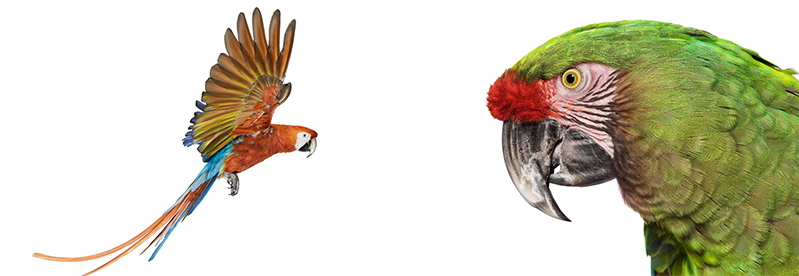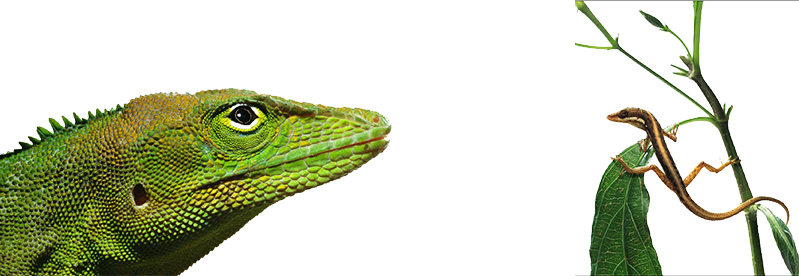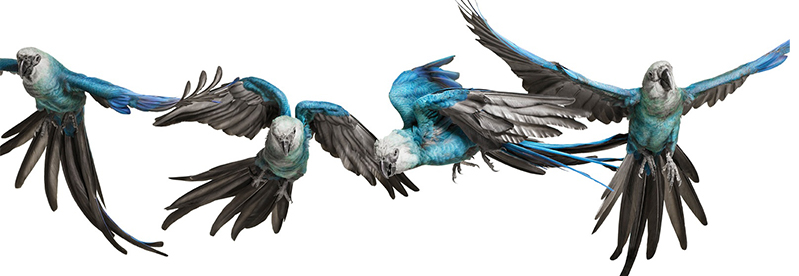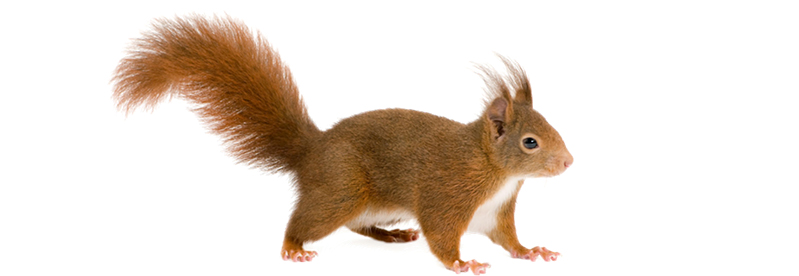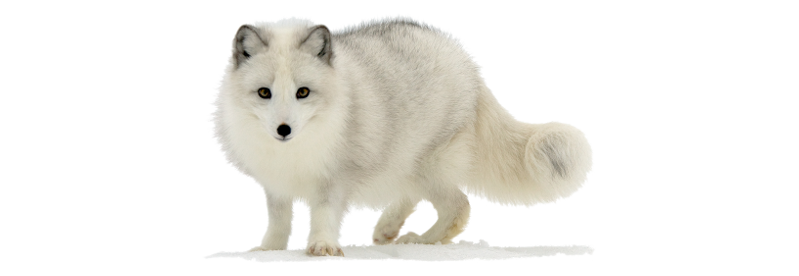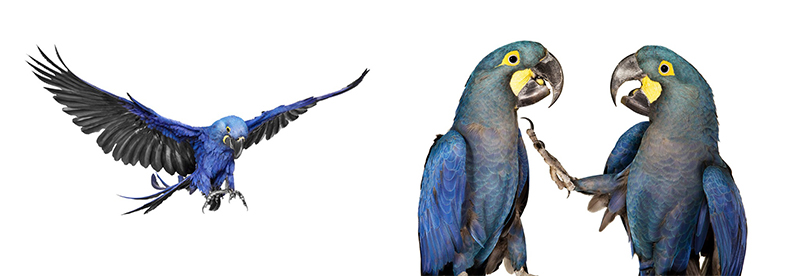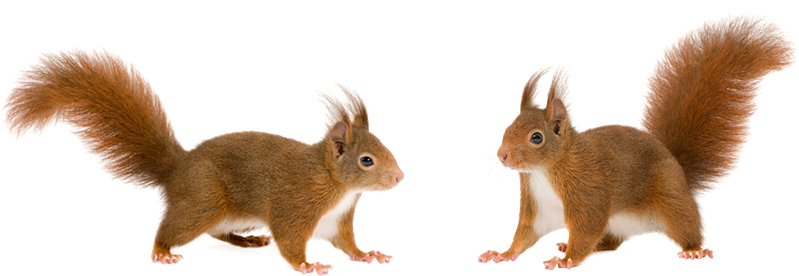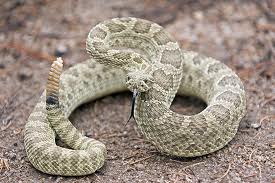
Westernrattlesnake(Crotalus viridis)
Phylum —chordata
Class — reptilia
Order — squamata
Family — viperidae
Genus –crotalus
Appearance
This species commonly grows to more than 100 cm (3.3 ft) in length. The maximum recorded size is 151.5 cm (4.97 ft). One of the most characteristic features is the presence of three or more, usually four, internasal scales.
Identification characteristics will vary depending on which subspecies is encountered. Generally, western rattlesnakes are usually lightly colored in hues of brown. Patches of dark brown are often distributed in a dorsal pattern. A color band may be seen at the back of the eye. The western rattlesnake group carries the distinctive triangle-shaped head and pit sensory organs on either side of the head. A key characteristic that can help differentiate a western rattlesnake from other rattlesnakes is the presence of two internasals contacting the rostral.
Habitat
Western rattlesnakes are found throughout the Midwestern United States and extend from southwest Canada to the northwest part of Mexico. In Canada, western rattlesnakes are native to the southern provinces of Alberta and Saskatchewan. They are also in the northern part of Chihuahua, Mexico. Their range covers much of New Mexico, Colorado, Wyoming, and Montana in the United States, as well as northeast Texas, and the eastern borders of Nebraska, Arizona, and the Dakotas.
Behavior
Western rattlesnakes live on the land, but they can sometimes climb in trees or bushes. Some even rest in crevices or caves. They are typically active diurnally in cooler weather and nocturnally during hot weather.
This species complex is equipped with powerful venom, using about 20-55 percent of venom in one bite, and will defend themselves if threatened or injured. As with other rattlesnake species, western rattlesnakes will rapidly vibrate their tails, which produces a unique rasping sound to warn intruders. The venom of the western rattlesnake is a complexly structured mixture of different proteins with enzymes such as proteases and peptidases found among them. Besides the hemotoxine and its tissue destructive effect, the venom also has neurotoxic properties.
Diet
Western rattlesnakes, because of their expansive distribution, have a wide array of prey. Generally, this species prefers small mammals, such as ground squirrels, ground nesting birds, mice, rats, small rabbits and prairie dogs. They will occasionally feed on amphibians and reptiles, and sometimes even other snakes. This is more commonly seen in juvenile snakes.
Reproduction
Western rattlesnakes are viviparous and can produce from one to 25 young per reproduction event. The average number of young ranges from four to 12, but can vary greatly due to availability of food and environmental conditions. Males may compete for females during the breeding season, but western rattlesnake females may not necessarily breed every year. They give birth in late summer or early fall, being their breed 22–28 cm long, without the need for parental care. In addition, their pups are toxic as soon as they are born. They reach sexual maturity at three years of age. It is also common for females to give birth at communal den sites with the young born between August and October.
Incaptivity
Lifespan is up to 30 years.
Captive maintenance of the western rattlesnake is not difficult for one with the requisite experience pertinent to venomous serpent husbandry. Most specimens acclimate in a short period of time, handle well on hooks, and accept previously killed or thawed rodents as food.
Recently caught western rattlesnakes can exhibit an incredibly hostile attitude, however, many specimens calm down appreciably in just several weeks. There are, of course, those individualsthat fail to acclimate regardless of conditions or time allowances.
I maintain adult pairs in enclosures that have a floor area of eight square feet, (48" x 24"). Substrate is aspen shavings at a depth of 2 inches. Heat is provided at one end of the cage via an overhead ceramic globe. This is directed down upon a pile of flat rocks that provide a naturalistic basking zone. This heater runs on a 12-hour daily cycle. When the ceramic heater shuts off at night, the rocks have absorbed an appreciable amount of heat which the rattlesnakes take advantage of. Additionally, a heating pad is located under the rocks and substrate to afford a constant source of gentle heat to the rocks and it runs continuously. A standard incandescent bulb provides supplemental lighting and is synchronized with the natural light cycles by using a photoelectric switch. Daytime air temperatures are 86 F. at the warm end and 78 F. at the cool end. Nighttime air temperatures fall to 73 F. The heating pad under the rocks allows a contact basking temperature of 80 F. throughout the night for use by specimens that have fed heavily and reproductive females.
Two water receptacles are provided, one at the cool end of the cage and one in the middle area of the enclosure. The receptacles are large plastic canine food dishes that have openings on the sides to allow finger access when picking them up.
I use frozen rodents exclusively with western rattlesnakes. Occasionally, a neonate may require a little teasing with its first few meals and will then usually feed freely soon afterward. Specimens are removed from multiple occupant enclosures and fed singly to avoid accidents. I use a beverage cooler to isolate the specimens while they feed. Body weight is maintained by visual inspection and subsequent dietary adjustment. Feeding schedules are adjusted with regard to age, season, and reproductive activity as well. Captive rattlesnakes easily become obese which probably shortens their lifespan and may inhibit reproductive activity.
 Russian
Russian
 English
English

